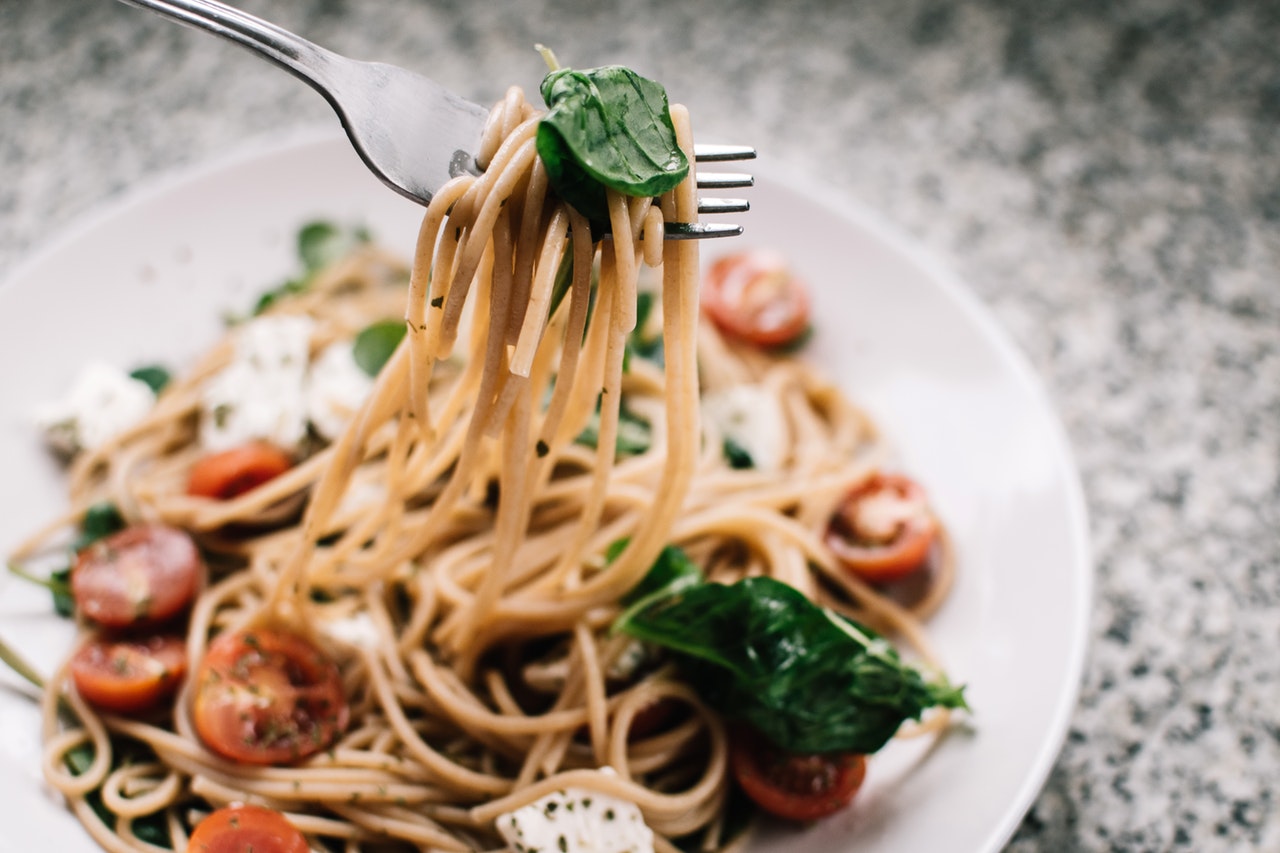What is Concocting?

Strange Food Combinations and Eating Disorders
Do you secretly eat strange combinations of foods? Are you ashamed about it? It is important to know that you are not alone. This is known as “concocting”, and although it is rarely studied or talked about in research or clinical literature, it is not uncommon in people with eating disorders. Secretive food concocting has been defined as “making strange or bizarre mixtures of foods or food ingredients that one would be too embarrassed or ashamed to make in the presence of others.”
Examples of Atypical Food Combinations
Among the unusual combinations reported on the internet and in a 2013 paper on concocting by Boggiano and colleagues include:
· Applesauce on pizza
· Peanut butter on steak
· Cherry tomatoes and mayo in a flour tortilla
· Bananas with peanut butter wrapped in cheddar cheese
· Bananas and ketchup
· Crackers with almond butter and crab
· Cucumber and pasta sauce
· Salami and Nutella
· Sugar on scrambled eggs
· Pickles in caramel or caramel w/ chocolate and Oreos
· Frozen vegetables mixed with mayonnaise and eaten frozen
· Tortilla chips and peanut butter
· Ham and cheese and syrup
· Ice cream and popcorn together
Research
The phenomenon has been studied and is well-documented in famine and semi-starvation literature. In the single study of food concocting in eating disorders, Boggiano and colleagues found that secretive food concocting was reported by as many as 25% of their subjects (who included college students as well as patients from an eating disorder treatment center). Concocting was highest among people who showed symptoms of binge eating disorder, which involves eating large amounts of food in a short period of time while feeling out of control to stop the behavior. Concocting appeared to be a response to eating too little.
This is consistent with reports of concocting found among victims of famine and experimental starvation. The researchers predicted that dietary restriction would drive similar behavior in people with eating disorders who restrict deliberately. They posited that the behavior of frantically mixing together whatever foods were available would be similar between people who were deliberately restricting intake and those who were in famine.
Researchers found that concocting was often motivated by cravings and was associated with intense negative emotions including excitement, anxiety, panic, fear, desperation, depression, and guilt. After eating the strange combinations, subjects reported feeling increased negative emotions, including depression, guilt, and disgust.
They discovered that common ingredients for food concocting were sugar and other sweet ingredients, cheese, chocolate, peanut butter, and refined flours. Given that concocting is a response to restriction, it is not surprising that the favored foods have higher fat contents and are more calorically dense.
If you engage in this behavior and are either dieting or know that you have an eating disorder, please know that concocting is nothing to be ashamed about—rather, it is a sign that your body is working! Food is a basic need, and when you are in a state of deprivation your body will drive you to make sure you get enough food to survive. It is most likely a sign you are not eating enough!
If you are engaging in concocting you should seek help. Professionals trained in eating disorders can help you to look at your eating and discover whether you need to eat more at mealtimes. Giving yourself permission to eat more can help reduce secretive food combining and help you develop more regular and satisfying patterns of eating. If someone you know is engaging in behaviors like this, you may encourage them to seek help.
By Lauren Muhlheim, PsyD, CEDS and Medically reviewed by Steven Gans, MD
